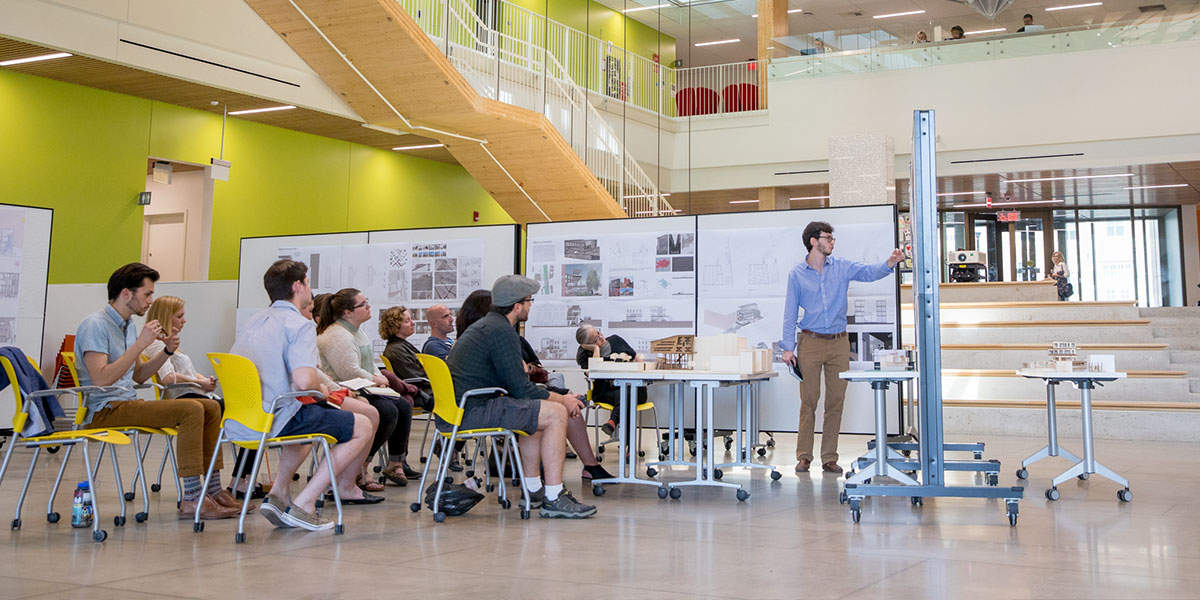The University of Massachusetts (UMass), a five-campus university system, has a history of collaboration and efficiency. For example, since 2009, a systemwide efficiency and effectiveness (E&E) task force has identified a number of areas for campus collaboration. One focus area has been procurement, which led to systemwide efforts to strategically procure a number of commodities, including energy and office supplies. These efforts have resulted in approximately $14 million in savings since the start of the program.
However, faced with flat state funding and demographic changes that are impacting enrollment growth, UMass began exploring additional opportunities for efficiency and savings, this time with an eye toward using a shared services model in several key administration and finance areas. In the summer of 2018, UMass launched a project to develop a shared services plan focusing on the areas of procurement, accounts payable, and payroll.
Making the Plan
The shared services plan was created collaboratively with input from all five campuses. A project team with representatives from each campus was brought together to develop the plan based on input and experience, data analysis, peer analysis, and best practices. The team conducted workshops, collected and analyzed data to estimate cost savings, and identified best practices among peer organizations. Based on benchmarking data and internal analysis, the project team estimated that using a shared services model for accounts payable and procurement could produce $16.5 million in savings over the first 12 to 18 months—most coming from an increased focus on strategic sourcing and category management. The plan’s key recommendations were to:
- Create a unified procurement services team (UPST) to manage procurement operations, strategic procurement, accounts payable/travel, and customer service.
- Create the position of a systemwide chief procurement officer to whom all procurement teams would report.
- Harmonize policies across campuses (such as for transaction approvals, contracting terms, travel, and expense) whenever possible.
- Automate accounts payable-related activities.
- Set annual targets for cost savings.
The plan was presented to the administration and finance committee of the board of trustees in March 2019, and the project then moved from planning to design and implementation. The plan targeted January 2020 for the initial go-live of the new UMass unified procurement services team. It was an aggressive timeline, but we hit the target and UPST was officially launched in January 2020.
Key Components
As expected, UMass’s move to a shared services model for procurement and accounts payable encountered a few challenges along the way, but we also learned some important lessons:
- Draw on support from the top. Shared services represent transformational change, which cannot happen without support from the university’s leadership. Knowing we had that support enabled the team to drive toward its goal.
- Dedicate resources to the effort. To develop a shared services plan within a multicampus university system, you need to dedicate resources to the planning, design, and implementation phases. In our case, we brought a large team together during the planning phase to participate in workshops and data analysis. For design and transition, we developed a smaller team that worked closely together for several months. UMass went from plan development to rolling out a shared services operation within about 18 months. This ambitious schedule would not have been possible without freeing up key staff to participate.
- Ensure that solid data underpins the plan. The project team received some important feedback when it first presented the estimated savings—that the savings were based on industry standards and not an analysis of UMass spend data. In response, we completed a spend analysis using FY18 data, which enabled us to identify specific categories that offered the highest savings potential (including equipment/engineering, professional services, and technology). The estimated savings would primarily come from a unified organization that emphasizes strategic sourcing and category management.
- Talk to your peers. We contacted several multicampus public systems that had implemented shared services to learn about their strategies, results, and recommendations. All were forthcoming and helpful. One of the most important steps we took was to set up conference calls among UMass administration and finance leaders and leadership at those other public systems. The stories we heard from these peer systems helped alleviate some of our concerns about moving to a shared services model. It was particularly helpful to hear about the organizational structures and the relationships between the shared services organization and the campuses.
- Stay engaged with key stakeholders. Each month—and, in some months, each week—we engaged the administration and finance leaders to review the plan’s progress and direct the activities of the project team. We worked to ensure that critical campus issues and concerns were being addressed. We also made sure we were communicating to the larger UMass stakeholder community by publishing a monthly newsletter. The one-page Shared Services Update newsletter provided highlights in categories such as “What’s New,” “What’s Next,” and “What to Know.” We also scheduled town halls on several campuses to present an overview of the plan and answer questions.
- Ensure continuity of operations. After the plan was released, we were caught off guard when a number of key staff in the areas most impacted by the plan (accounts payable and procurement) began to leave the university. This put pressure on the organization to develop plans to maintain continuity of operations even as we as helped design and begin the transition to the new shared services model.
With shared services for procurement and accounts payable now up and running, we continue to explore other opportunities in administration and finance areas, such as payroll. Every function presents us with different structures and challenges, but we now we have a well of our own experiences from which to draw.
SUBMITTED BY David Nero, assistant vice president of innovation and operational services, office of the president, University of Massachusetts



